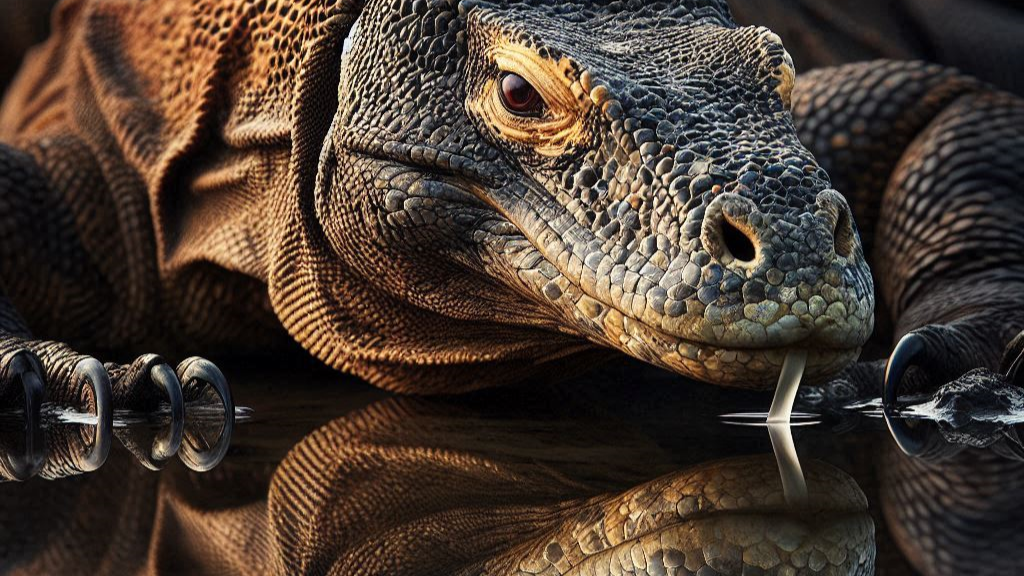Ina world of parthenogenesis, the saying ‘like mother, like daughter’ has never been so literal!
- Alternative reproductive strategies
- Biology and genetic variability
- Parthenogenesis, practical applications
Alternative reproductive strategies
Parthenogenesis is a fascinating phenomenon of nature: it is a method of asexual reproduction in which a new individual is born from an unfertilised egg, without the need for a spermatozoon. It does not require the intervention of a male partner.
It is adopted by various animals, including insects, reptiles, fish and crustaceans, and may be obligatory, facultative or accidental depending on the species and environmental conditions. Furthermore, parthenogenesis can occur in different forms, such as obligatory, in which all eggs develop without fertilisation, or facultative, in which the reproductive mode depends on environmental conditions.
For example, aphids alternate between sexual and parthenogenetic reproduction. In spring and summer, they generate females without the need for males, while in autumn they revert to sexual reproduction to ensure greater genetic diversity.
In many species of hymenoptera (bees, wasps, ants), males are born from unfertilised eggs through arrenotocous parthenogenesis, while females are derived from fertilised eggs. This haploid system influences the social structure of the colony.
Even large reptiles such as the Komodo Dragon (Varanus komodoensis), can reproduce by parthenogenesis when males are absent, but in the wild they tend to reproduce sexually.
Biology and genetic variability
From an evolutionary point of view, parthenogenesis offers significant advantages. The possibility of rapidly colonising new environments without the need for a sexual partner, reducing the energy costs associated with searching and mating.
Some species, such as the water flea or silkworm, alternate between sexual and parthenogenetic (heterogony) reproduction phases. This balances the need for genetic variability with reproductive efficiency.
In some species, polyploidy– the presence of more than two or more sets of chromosomes – helps compensate for this limitation. The increase in genetic material favours mutations and adaptations, contributing to greater genetic diversification and improving the adaptability of the population.
Despite its advantages, parthenogenesis also has important limitations, notably reduced genetic variability that can make populations more vulnerable to disease and environmental changes.
Overall, parthenogenesis represents an interesting evolutionary trade-off between reproductive efficiency and adaptability, with relevant implications for both evolutionary biology and biotechnological applications.
Parthenogenesis, practical applications
Parthenogenesis is used in the laboratory to study the mechanisms of embryonic development and the role of the spermatozoon in the activation of the egg, especially in normally sexualised species.
The possibility of artificially inducing parthenogenesis by means of chemical or physical stimuli has made it possible to investigate the genetic and cellular bases of reproduction, as demonstrated by experiments on mammals, including genetically modified mice.
In application, it is exploited for the conservation of threatened or rare species.
Furthermore, in agriculture and aquaculture, organisms such as Artemia salina or sea monkey are used as a standardised food source for fish farms due to their ability to reproduce rapidly and evenly.
Parthenogenesis also has important applications in biotechnology and the production of uniform genetic lines. It reduces genetic variability, which is useful for genetic studies and model organisms.
Play for the planet!
